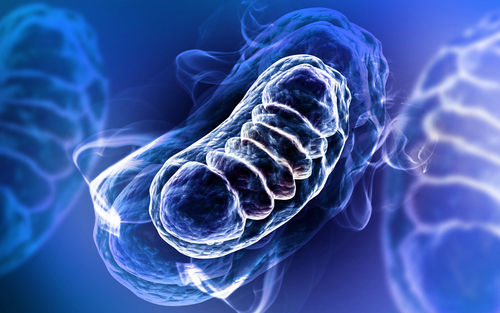Vitamin E Can Help Restore Irregular Calcium Balance in Cell Models of Friedreich’s Ataxia, Study Suggests

Vitamin E can be used to help restore the irregular balance of calcium that contributes to mitochondrial dysfunction in neutron and heart cell models of Friedreich’s Ataxia.
The study with that finding, “Calcium Deregulation: Novel Insights to Understand Friedreich’s Ataxia Pathophysiology,” was published in the journal Frontiers in Cellular Neuroscience.
Friedreich’s Ataxia (FA) is a neurodegenerative disorder that is caused by a deficiency of a small mitochondrial protein called frataxin.
Mitochondria — also known as the powerhouse of the cells — are responsible for producing the energy required by the cell.
Hence, a lack of frataxin is associated with mitochondrial dysfunction and oxidative stress (an imbalance in the production of harmful molecules called free radicals).
Patients with FA often develop degeneration of dorsal root ganglia (a cluster of neurons of the spinal nerve), cerebellum (the part of the brain that regulates movement) and cardiomyopathy (disease of heart muscles).
The neuronal degeneration in dorsal root ganglia seems to be caused by deregulation of calcium ions (Ca2+).
Join our FA forums: an online community especially for patients with Friedreich’s Ataxia.
Ca2+ homeostasis (equilibrium) in neurons (nerve cells) and cardiomyocytes (heart muscle cells) is crucial not only for the well-being of cells, but very important to generate action potential (allowing cells to send signals and communicate) in both neurons and cardiomyocytes.
So, researchers set out to study whether irregular homeostasis of Ca2+ in the FA cell models of cerebellar granule neurons (CGNs) and cardiomyocytes could be contributing to the degeneration. Of note, nerve cell types such as CGNs are known to be subject to degeneration as well as increased oxidative stress and mitochondrial dysfunction.
Researchers conducted this study by challenging Ca2+ homeostasis (through a process called a depolarizing injury) in CGNs and cardiomyocytes of FA models. Depolarization is a process that causes cells to intake large amounts of Ca2+.
During depolarization Ca2+ enters the cell, increasing the cellular Ca2+ levels. However, the cell responds by quickly sequestering the Ca2+ to restore the equilibrium, and neurons go back to resting condition.
Interestingly, results indicated that Ca2+ equilibrium was altered in both CGNs and cardiomyocytes.
CGNs showed a Ca2+ mishandling under depolarizing conditions as there was no recovery to normal Ca2+ levels after injury. Additionally, there were decreased levels of Ca2+ in the endoplasmic reticulum (where Ca2+ are sequestered).
In cardiomyocytes, researchers found that the sarcoplasmic reticulum (the muscle cell equivalent of the endoplasmic reticulum) Ca2+ content also was reduced, and that mitochondrial Ca2+ uptake was impaired.
This phenomenon is likely due to an increase in oxidative stress under FA-like conditions and the subsequent dysregulation of key proteins at the sarcoplasmic reticulum/endoplasmic reticulum and mitochondrial level that usually restores Ca2+ homeostasis.
Researchers wrote: “Our findings demonstrate that in both neurons and cardiomyocytes the decreased Ca2+ level within the stores has a comparable detrimental impact in their physiology (biological function).”
Upon further probing, researchers found that in cardiomyocytes, a group of receptors that regulate Ca2+ homeostasis — known as the ryanodine receptors (RyRs) — may be leaking and expel more Ca2+ from the SR.
At the same time, this causes Ca2+ uptake in the mitochondria (where it plays a role in energy production) to be altered.
Importantly, researchers found that Vitamin E can restore this defect.
The authors add that Vitamin E could be used as a potential therapeutic tool for FA -related heart disease.
“This work shed a light on how the modulation of Ca2+ in [FA]-like cardiomyocytes could be exploited to provide novel therapeutic strategies,” the authors concluded.





